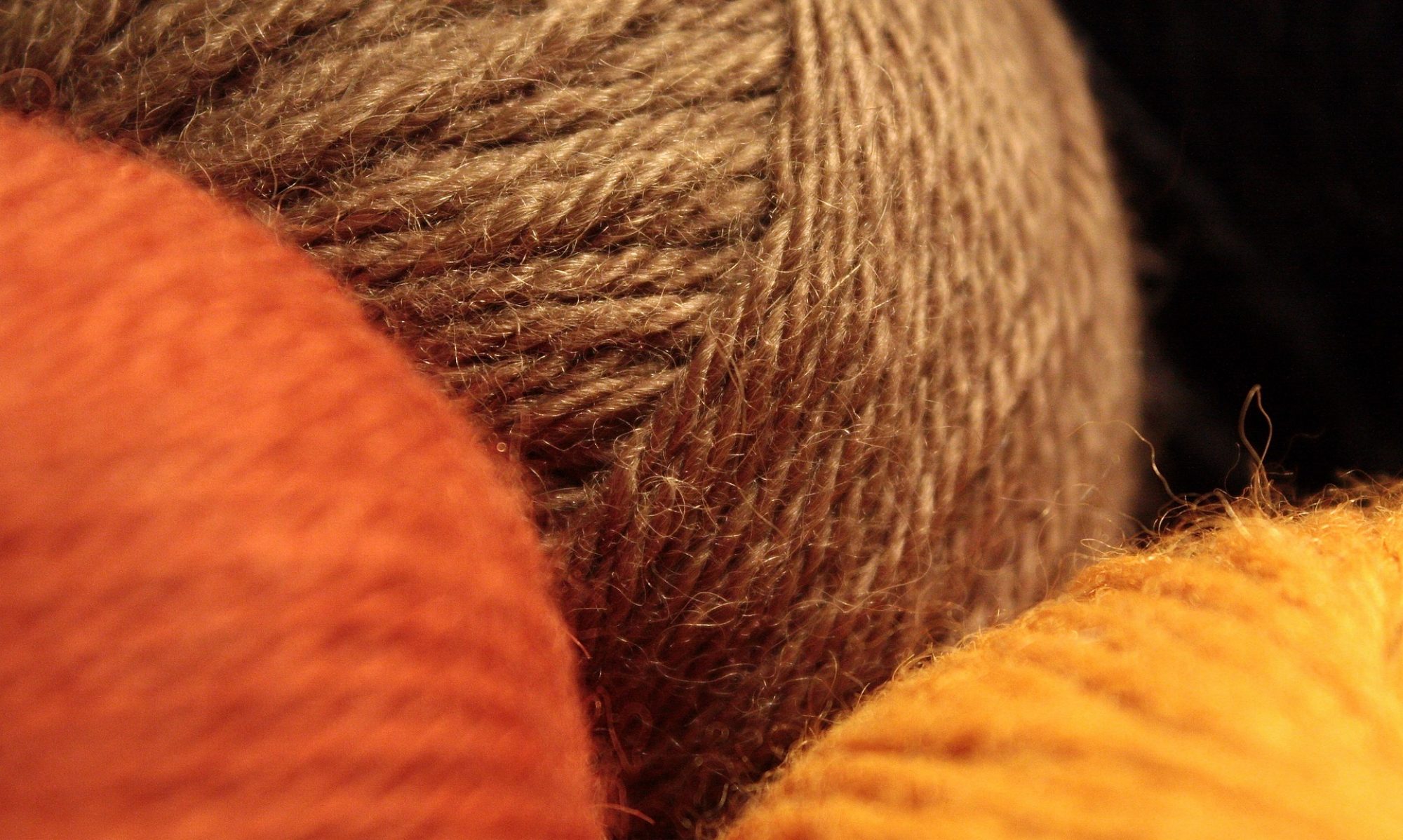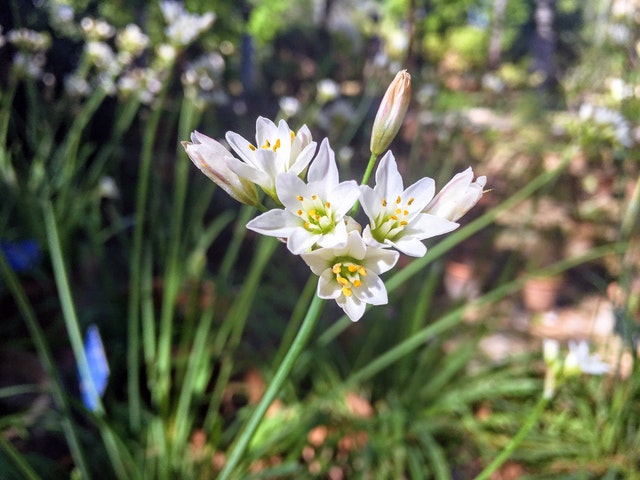No sooner do you start reading about how to make the most of a small garden – especially where eatables are concerned – than you hear about succession planting. The general idea is that most plants don’t take all year to grow, so why not have something else – or more of the same – ready to fill the vacated spot when harvest time arrives?
I freely confess that my organizational ability floundered at this challenge, even in theoretical form, much as a tortoise flounders when trying to do a Fosbury flop. (Something I suspect a flounder could do with ease.) I decided I’d just improvise as I went along.
So here we are in late spring, and the garden is beginning to see some succession. But not at all in the way I intended. Take the alyssum, for example.
I scattered a decent quantity of alyssum seed up and down the garden bed alongside the front path, thinking that I would scatter some more in a month or two and eventually end up with a whole bedful of lovely scented alyssum in all the various stages of life at once – much preferable to All Flower, All Die.
The earth greened over, in that delightful springy way it has, and in due course it flourished and eventually flowered.
This is not alyssum. This, careful research has revealed, is Fumaria muralis, better known as scrambling fumitory, and possibly best known as “that thing with the little pink flowers.”
So I set to and weeded them up – not too hard a task, given the friable nature of my carefully cultivated soil, but a sorrow to the soul nonetheless. Once the fumitory was uprooted – though sadly not down for the count, as constant rain kept it fresh and unwithered – new growth took its place.
This is also not alyssum. Further researches indicate that this is Stachys arvensis, better known as staggerweed and field woundwort, and perhaps even better known as “that other thing with the little pink flowers.”
Back to the weeding. Now I was ripping out whole handfuls of at least two pink-flowered things, along with occasional outbreaks of the bed’s pre-cultivation occupants: dandelion, buttercup, and grass. However, all hope is not yet lost. The bed was growing something which was None of the Above, and which produced lovely little flowers with an enchanting fragrance.
Was it alyssum? Alas, no. Of alyssum I have yet to see so much as a seedling. Possibly it objects to the soil, or the excessively pink company.
Exhaustive and somewhat obsessive researches (including this rather nifty British plant-identifying website) narrowed down the latest springer to either Allium roseum (aka rosy garlic), or Allium neapolitanum (aka daffodil garlic, false garlic, Naples garlic, white garlic, wood garlic, Naples onion, flowering onion, Guernsey star-of-Bethlehem, and star ). I’m leaning toward the former. Or possibly it’s some sort of garden-engendered hybrid between the two.
Unlike its pinky predecessors, I am not planning on ripping this one up by the roots. In fact, I may even have planted it myself, if one can call a haphazard scattering of seeds “planting”. This particular scented delight has popped up in random spots in the front garden before, and I’ve always tried to spread the seedheads about – not knowing, of course, that it was an allium, and therefore most easily propagated by bulb and bulbil.
It’s a great word, bulbil, don’t you think? If I ever find myself in possession of a bulldog, or naming rights thereof, Bulbil is what that dog shall be named. Bulbils, it turns out, can also be called pups. What could be more apposite?
On that note – the word apposite, that is – I was reading a book on writing today which advised that authors should aim at a reading level on the Flesch-Kincaid scale around 6 to 8, i.e. aimed at readers who are possibly as old as thirteen, or even fourteen.
The convenient calculator found here took the text of this blog post up to the sentence in which the word apposite made its debut, and decided that it was suitable for those no younger than 16 to 18, i.e. “fairly difficult to read”.
What do you think, dear readers? Should I chop a few years off my estimate of your reading capacity, and drop therefore the number of words in my sentences and the number of syllables in said words?





Definitely not! I love learning new words 🙂
Thank you!
I do too. Just yesterday I learned lagniappe, which means something like the 13th in a baker’s dozen, that extra bit added to the order as a bonus for the customer. It apparently started out as a Quechua word, got introduced to Louisiana French by Spanish Creoles, and finally wound up in English – altering a little at each step, as is customary on these occasions.
Unfortunately, as with so much of my book-sourced vocabulary, I still don’t know how to pronounce it!
Firstly, sorry to hear of a pink attack. Would you like me to send up a beige army?
Secondly, definitely don’t dumb down your writing; the sort of words and expressions you (and your readers) delight in enhance our vocabularies and our own ways of speaking and writing. You probably know that the best writers are good readers.
Not that fond of beige either, to be honest!
And thank you for that vote of confidence. On we go!